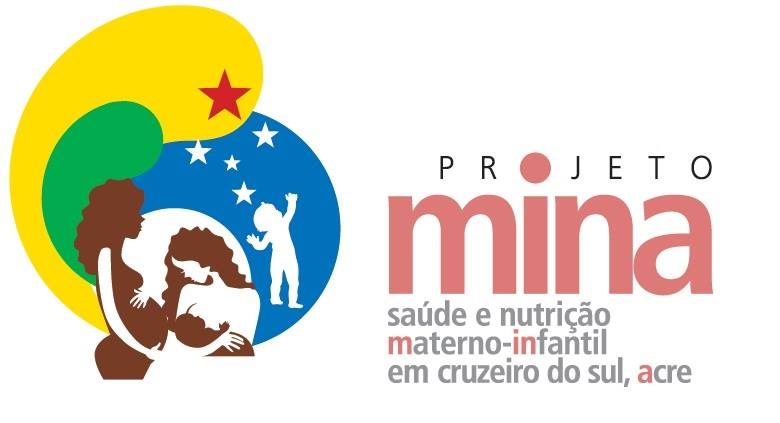We aimed to estimate latent foetal growth conditions and explore their determinants among maternal characteristics and ultrasound biometric parameters. We additionally investigated the influence of foetal growth conditions on perinatal variables. We used data from live-born singletons in the Maternal and Child Health and Nutrition in Acre, Brazil (MINA-Brazil Study) population-based birth cohort. Maternal and perinatal characteristics were assessed in medical records from the maternity hospital and interviews with participants from July 2015 to June 2016. A sub-sample went through ultrasound examinations during the antenatal period, with assessment of foetal head and abdominal circumferences, and femur length. We estimated latent foetal growth conditions with a structural equation modelling framework, informed by the child’s birth weight z-scores (BWZ) and birth length z-scores (BLZ) according to gestational age. Odds ratios and 95% confidence intervals (CIs) for the occurrence of perinatal events were estimated according to linear predictions of the latent variable. We included 1253 participants. Latent foetal growth conditions explained 88.3% of BWZ and 53.7% of BLZ variation. Maternal elevated blood pressure, primiparity, smoking, malaria, and insufficient gestational weight gain negatively impacted foetal growth conditions. In the subsample (n = 499), ultrasound biometric parameters assessed at 28 weeks were positively associated with the latent variable, with the largest contribution from foetal abdominal circumference. Each standardised unit of predicted foetal growth conditions halved the chance for preterm birth (95% CI = 0.26, 0.74) and longer hospital stay (>3 days) (95% CI = 0.28, 0.88). Conversely, BWZ and BLZ were not independently associated with these perinatal variables in separate logistic regression models. Latent foetal growth conditions jointly encompassing weight gain and linear growth during gestation were negatively influenced by a scenario of dual burden of maternal morbidities, with perinatal implications. Read the article and the supplementary document.
